Vietnam is China's largest trading partner in ASEAN and China's fifth largest in the world.
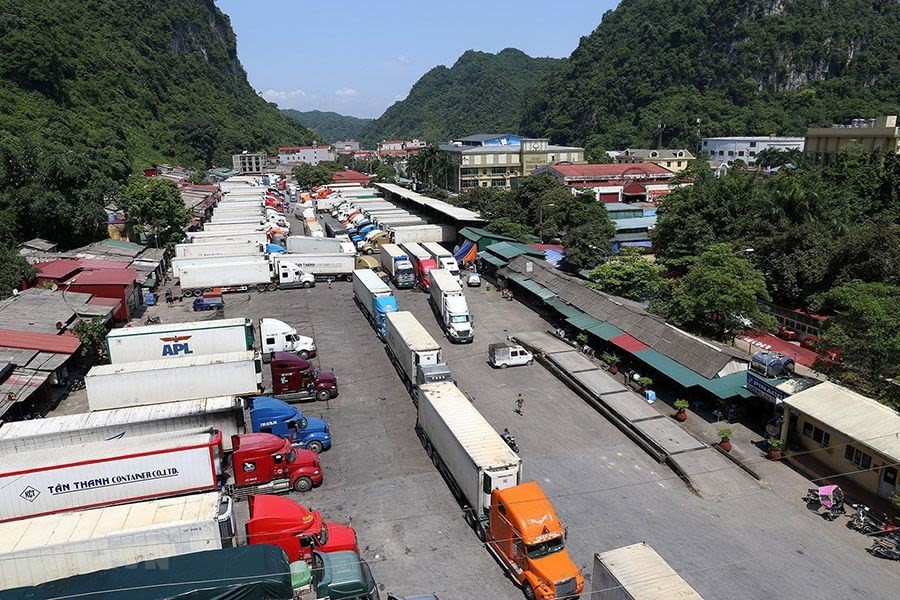 |
| Trucks carrying export goods at Tan Thanh border gate. (Source: VNA) |
Over the past 74 years, Vietnam-China relations have developed steadily with the main current being friendship and cooperation.
In 2008, the two sides established the Vietnam-China Comprehensive Strategic Cooperative Partnership, the highest and most comprehensive cooperation framework in Vietnam's relations with countries around the world, and China was the first country to build this cooperation framework with Vietnam.
Vietnam is China's largest trading partner in ASEAN and China's fifth largest in the world.
China's largest trading partner in ASEAN
According to statistics from Vietnam Customs, Vietnam-China import-export turnover in 2023 reached 171.9 billion USD, down 2.6% compared to 2022; of which, exports to China reached 61.2 billion USD, up 5.6%; imports from China reached 110.6 billion USD, down 6.6%; trade deficit was at 49.4 billion USD, down 18.4%.
In the first 5 months of 2024, Vietnam's import-export turnover with China reached 77.5 billion USD, up 25.4% over the same period in 2023. Of which, Vietnam's exports to China reached 22.6 billion USD, up 9.9% over the same period in 2023; Vietnam's imports from China reached 19.3 billion USD, up 33.2% over the same period in 2023. Vietnam's trade deficit with China was worth 32.3 billion USD, up 56.3% over the same period in 2023.
According to statistics from the General Administration of Customs of China, China-Vietnam trade turnover in 2023 reached 229.79 billion USD, down 0.5% over the same period in 2022; of which, China's export turnover to Vietnam reached 137.61 billion USD, down 3.7%; import turnover from Vietnam reached 92.18 billion USD, up 4.8%.
Vietnam continues to be China’s largest trading partner in the ASEAN bloc. In terms of goods, Vietnam exports to China items such as mobile phones, components, electronic equipment, rubber, agricultural products, seafood, etc. and imports from the Chinese market products such as machinery, equipment, raw materials for the garment industry, leather shoes, iron and steel, construction materials, etc., as well as daily necessities.
In recent times, Vietnam and China have had many bilateral cooperation agreements, as well as multilateral agreements such as: ASEAN-China Free Trade Agreement (ACFTA), Regional Comprehensive Economic Partnership Agreement (RCEP); in the coming period, China is promoting participation in the Comprehensive and Progressive Agreement for Trans-Pacific Partnership (CPTPP)...
The most important agricultural, forestry and fishery market
Vietnam's agricultural exports to China have been constantly expanding and China has become one of the most important markets for Vietnam's agricultural, forestry and fishery products. In particular, Vietnam's agricultural products, from fruits to processed foods, are gaining a foothold in the Chinese market.
According to statistics from the Ministry of Agriculture and Rural Development, as of December 2023, Vietnam has 16 plant products being exported to China including: Bananas, durian, mangosteen, black jelly, rice bran, rice, sweet potatoes, watermelon, dragon fruit, mango, jackfruit, longan, lychee, rambutan, chili, passion fruit.
In particular, in the livestock sector, after 5 years of negotiations, the first batches of Vietnamese bird's nest products have been officially exported to the Chinese market. This event marks a milestone opening up opportunities for one of the highly valuable products of the Vietnamese livestock industry to enter the billion-people market.
In recent times, the Government, the Ministry of Industry and Trade and other ministries and sectors have made efforts to negotiate the opening of the Chinese market for Vietnamese goods. In 2023, the Prime Minister made two working trips to China and each time proposed that the Chinese Government open the market for Vietnamese agricultural products with four groups of products: frozen durian, chili, watermelon, and medicinal herbs. In particular, the Ministry of Industry and Trade, with its key role in negotiating and promoting trade to expand the market for Vietnamese goods, has implemented many solutions to promote trade in this market.
Strengthening cooperation
Appreciating the investment environment in Vietnam, many Chinese enterprises have chosen Vietnam as a location to set up factories and do business. Mr. Gu Chao Qing, Chairman of the Chinese Enterprise Association in Vietnam, said: The Chinese Enterprise Association in Vietnam has more than 4,000 members, operating in all provinces and cities of Vietnam, from the North, Central, to the South. Currently, Chinese enterprises investing in Vietnam focus on some localities such as Bac Ninh, Thai Nguyen, Nam Dinh... because Vietnam's investment environment is increasingly attractive, investment attraction policies are increasingly open and transparent, attracting the attention of Chinese enterprises.
One of the projects that Chinese investors have just invested in Vietnam is the China-Vietnam-China International Electronic Trade Center. This project has just officially opened phase 1 in Bac Ninh city (Bac Ninh province) on an area of 8,000 m2 and phase 2 of the project is expected to have a scale of up to 100,000 m2, also located in Bac Ninh province.
Mr. Liang Yang Hong, General Director of the China-Vietnam-China International Electronic Trade Center, shared: This will be a place to display and introduce industrial and electronic components and accessories of Chinese enterprises operating in Vietnam and Chinese-made enterprises. Accordingly, currently 35% of Chinese enterprises with factories in Vietnam display their goods here.
The target customers of Trung Viet Trung International Trade Center are Vietnamese enterprises, corporations and foreign investors operating in Vietnam, who are in need of spare parts and accessories to meet their production activities in Vietnam.
According to Mr. Nong Duc Lai, Trade Counselor of the Vietnamese Embassy in China, after 15 years, the trade turnover between the two countries has increased more than 8 times, China's investment in Vietnam has increased nearly 10 levels, while the potential for cooperation between the two sides is still very large. In particular, economic and trade cooperation has a very high level of mutual complementarity and still has great potential. The two sides are accelerating the opening of the market for many types of Vietnamese agricultural, forestry, fishery and fruit products.
In return, Vietnam is also quickly considering opening its market for Chinese agricultural products. At the same time, it is promoting the signing of a protocol for agricultural products with traditional trade activities and coordinating to create favorable conditions for quarantine, customs clearance of goods, and handling difficulties in mechanisms and policies to promote bilateral trade.
During the meeting between Minister of Industry and Trade Nguyen Hong Dien and Chinese Minister of Commerce Wang Wen Tao, the two Ministers affirmed that the good economic and trade relations have been demonstrated in maintaining open borders, facilitating trade and investment between the two sides, especially for agricultural and aquatic products. Thanks to that, the trade turnover between the two sides has made positive improvements in the context of global trade still facing many difficulties.
The two Ministers also agreed that economic and trade cooperation is a bright spot in the overall relationship of the “Vietnam-China Comprehensive Strategic Cooperative Partnership”. Based on the role and importance of Vietnam-China economic and trade cooperation, the two Ministers discussed a number of issues that need to be resolved and key areas that need to be strengthened in the coming time. Along with that are important orientations in the future to promote the development of Vietnam-China economic and trade cooperation in a stable, balanced and sustainable manner.


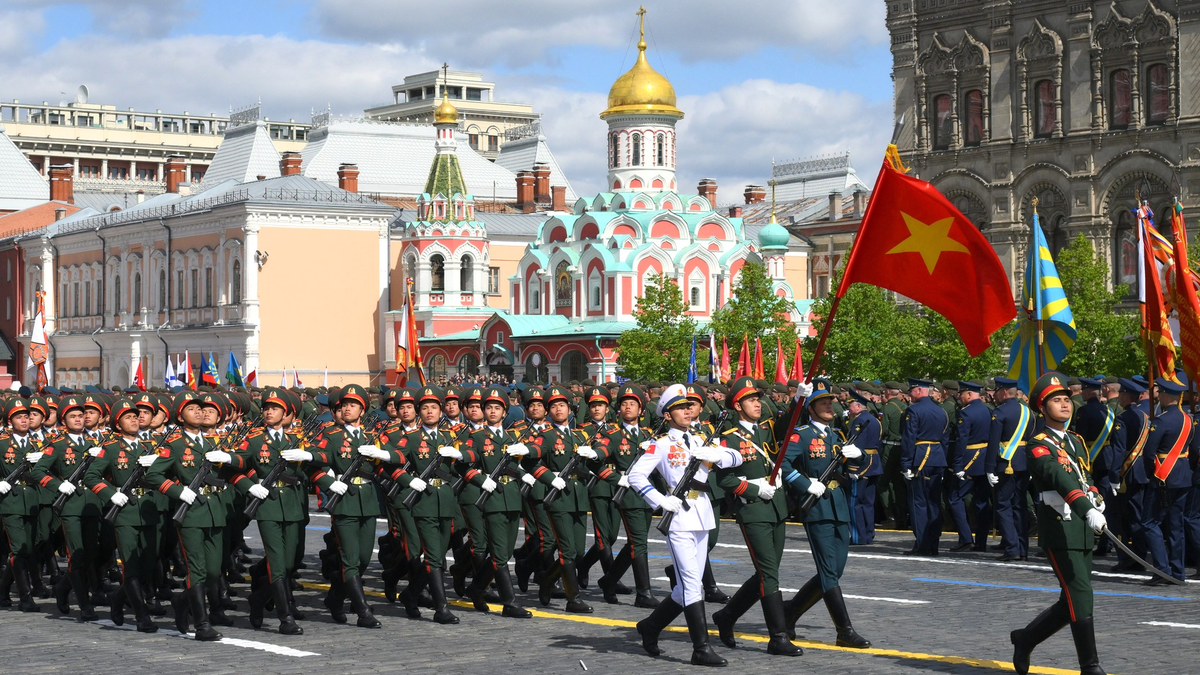
![[Photo] Russian military power on display at parade celebrating 80 years of victory over fascism](https://vphoto.vietnam.vn/thumb/1200x675/vietnam/resource/IMAGE/2025/5/9/ce054c3a71b74b1da3be310973aebcfd)
![[Photo] Ho Chi Minh City: Many people release flower lanterns to celebrate Buddha's Birthday](https://vphoto.vietnam.vn/thumb/1200x675/vietnam/resource/IMAGE/2025/5/10/5d57dc648c0f46ffa3b22a3e6e3eac3e)
![[Photo] General Secretary To Lam meets with Chairman of the Federation Council, Parliament of the Russian Federation](https://vphoto.vietnam.vn/thumb/1200x675/vietnam/resource/IMAGE/2025/5/10/2c37f1980bdc48c4a04ca24b5f544b33)
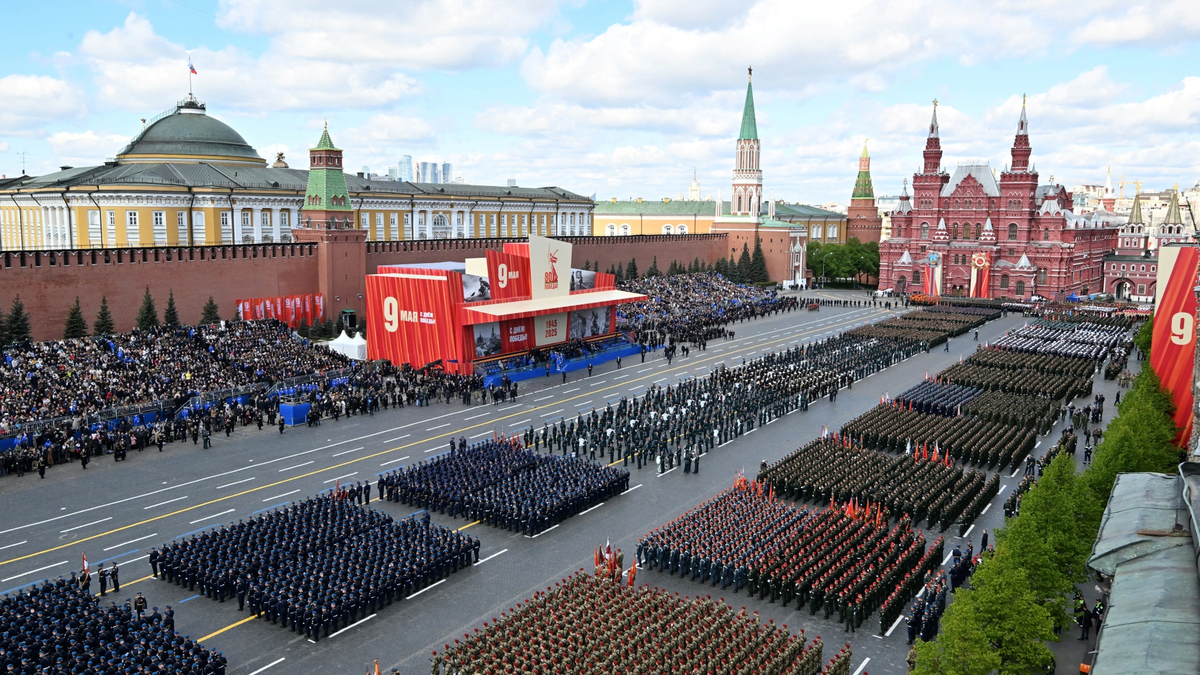
![[Video] 24-hour news on May 9, 2025: General Secretary To Lam officially visits the Russian Federation and attends the 80th anniversary of Victory Day in the Great Patriotic War](https://vphoto.vietnam.vn/thumb/1200x675/vietnam/resource/IMAGE/2025/5/10/5eaa6504a96747708f2cb7b1a7471fb9)
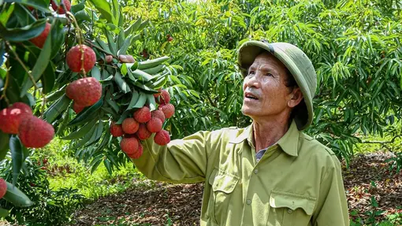

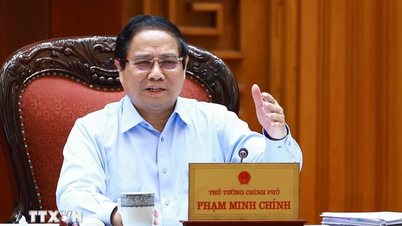

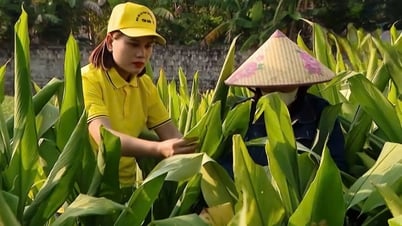

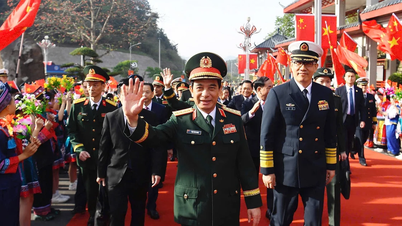






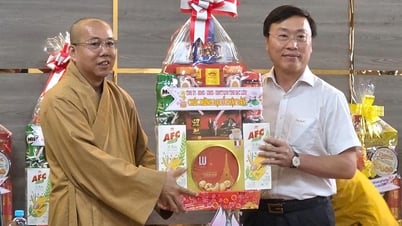


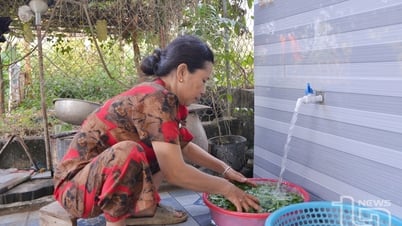







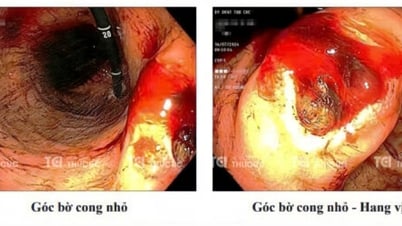



![[Photo] General Secretary To Lam and international leaders attend the parade celebrating the 80th anniversary of the victory over fascism in Russia](https://vphoto.vietnam.vn/thumb/1200x675/vietnam/resource/IMAGE/2025/5/9/4ec77ed7629a45c79d6e8aa952f20dd3)


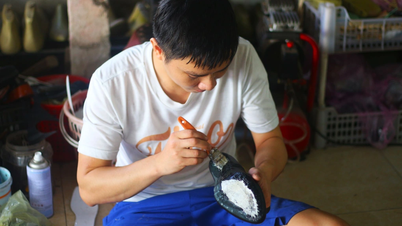



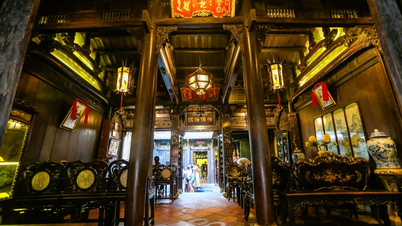
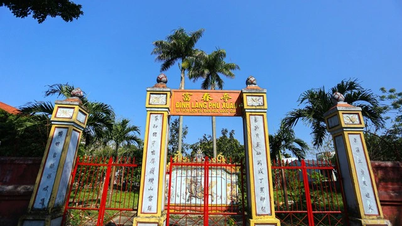

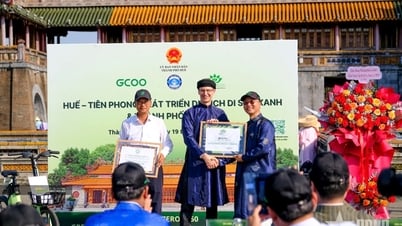






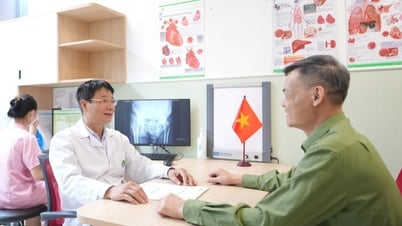










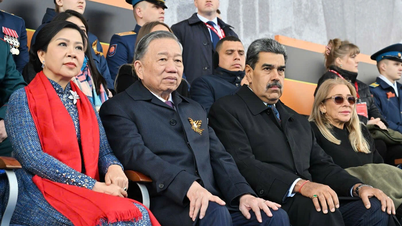


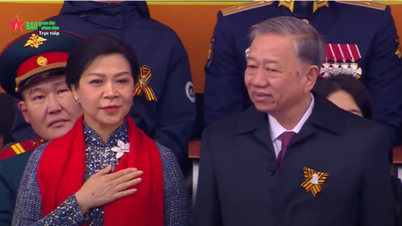




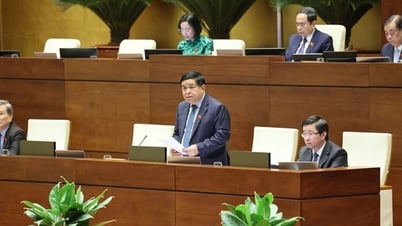

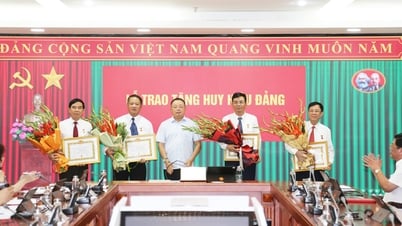

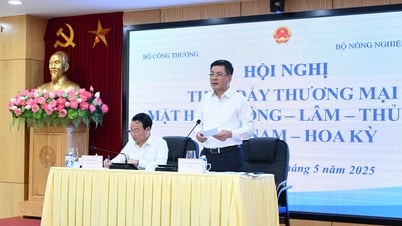


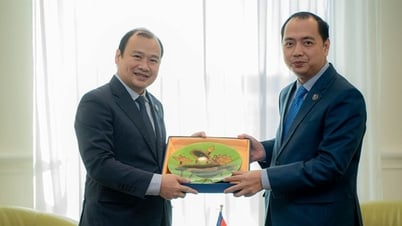





















Comment (0)